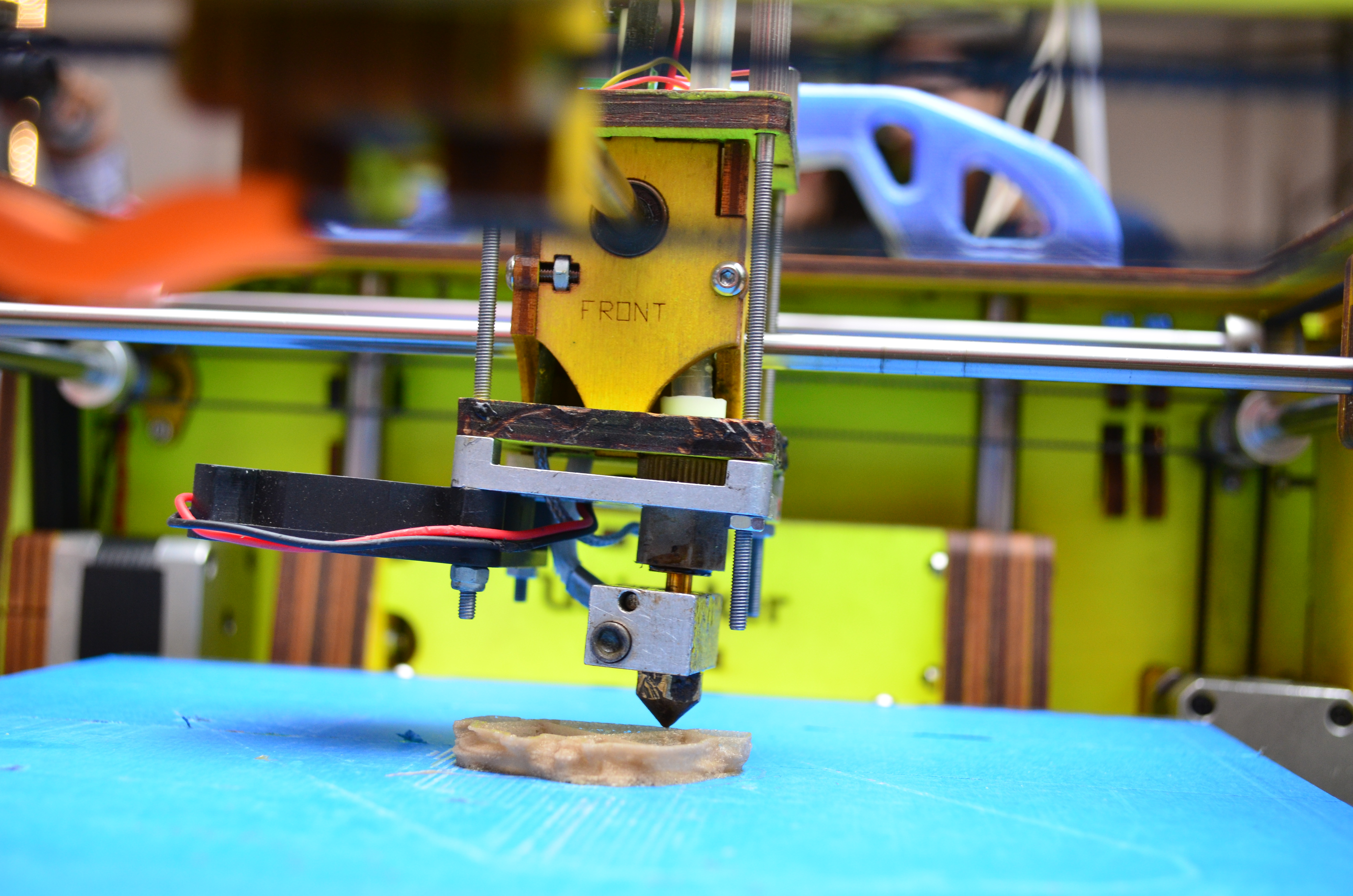Bioprinting – Our Fountain of Youth for the Future?
In Germany, there is a long waiting list for donor organs. In 2015 alone, more than 10,000 people were on the waiting list, but only about 3300 organs were transplanted. In other industrial nations, the shortfall is even much greater. A future solution for this organ shortage can be bioprinting, which at the same time could be an alternative to animal testing.
Bioprinting is an emerging application field in additive manufacturing (3D printing) that promises revolutionary use in all regenerative and restorative medicine, also in cosmetic surgery or pharmacological research. Looking into the future, bioprinting could make it possible to prolong human life considerably by repeatedly replacing aged organs, and to increasingly forego animal testing.
The special feature of bioprinting is that with very high spatial precision, living body cells, proteins, biochemical growth and differentiation factors as well as other biologically active substances can be bonded in layers with soft substances (connective tissue, fasciae, organs) and hard substances (bones). The first steps have already been taken in other application fields, such as biological tissue for pharmaceutical drug research and model tissue for research into diseases like cancer at cellular level.
Medicinal applications are mainly tailor-made bone and organ replacements that can be fitted exactly to the patient’s body. Using endogenous cell material from the patient, tissue and organs can be produced that do not cause the immune system to trigger a rejection reaction. This means that in the future, transplants would be more successful and the risk of side effects would be greatly reduced. Moreover, cosmetic surgery could increasingly forego the use of silicon-based implants and non-biological substances.
For some time it has been possible to print hard substances as an exact copy of the original that needs replacing, whereas research in functional tissue – organs such as skin, liver or kidneys, even neuronal structures as in the brain – is still in its relatively early stages. However, models of various organs have already been produced and successfully tested in lifelike conditions.
In recent years, many new insights have been published that suggest a disruptive potential for this technology in medicine, pharmacology and biotechnology, which in turn indicates interesting new business models.
 Fraunhofer Institute for Technological Trend Analysis INT
Fraunhofer Institute for Technological Trend Analysis INT